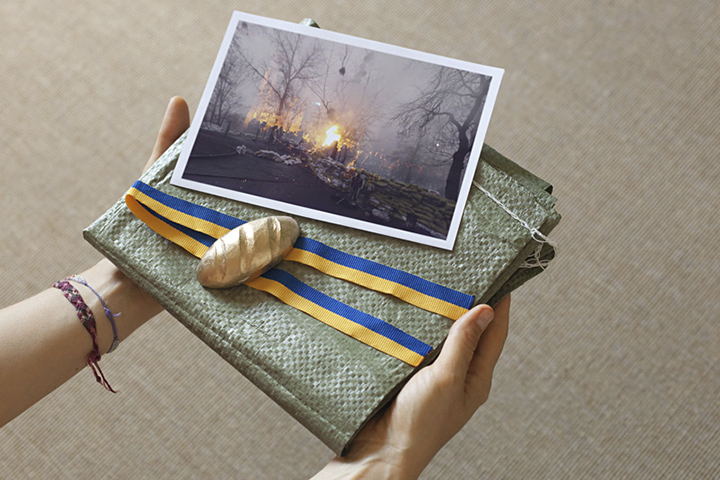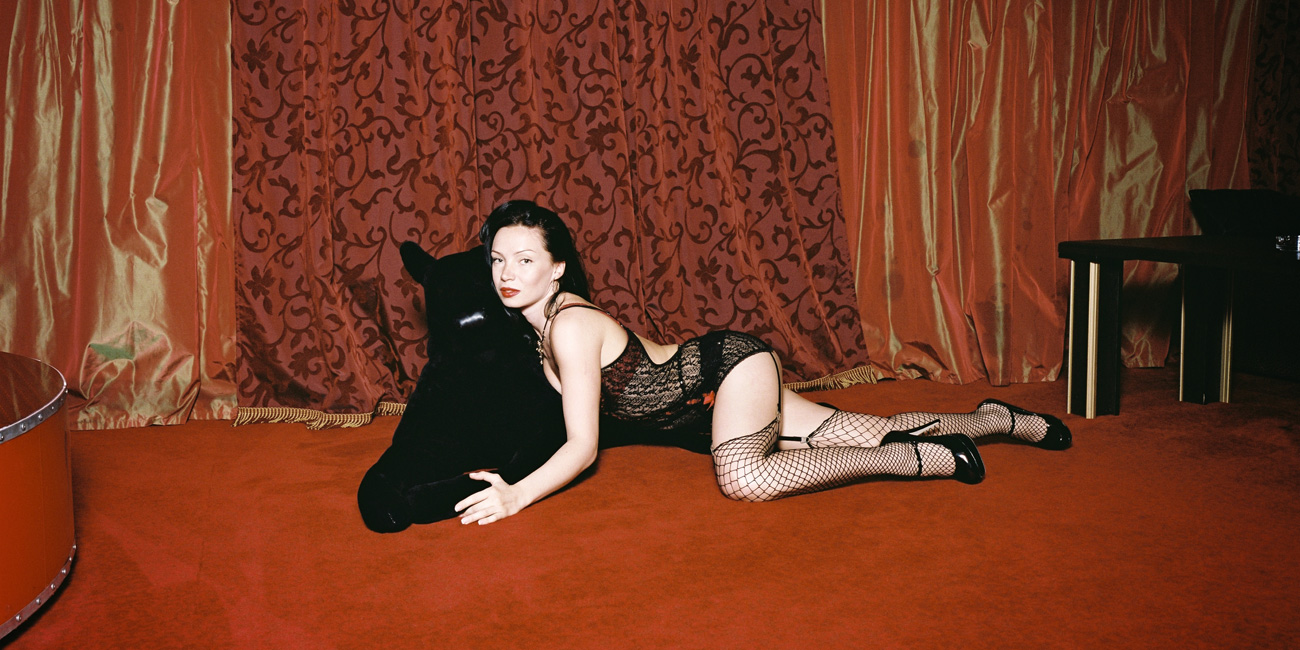
Archive from a Message Board:
Unique Photographs of WWII

Ukrainian photographer. Born in Kryvyi Rih, lives in Moscow. Studied documentary photography and human rights at the NYU Tisch School of the Arts in New York City. Winner of US Documentary Project Fund award, Magnum Foundation Human Rights Scholarship, and National Geographic Grant. Participates in the VII Mentor Program, continues working on personal and group projects. Co-founder of Blueframejournal magazine and member of the international team of Raw View Magazine.
— All of us waste our time surfing social networks aimlessly. But sometimes these are the social networks that help us discover something special and very important. In August 2016, one of my friends posted that someone was selling negatives of a Soviet photographer who lived during the times of WWII. I have been keen on history since childhood. It may be the reason I became a photographer. I have a particular attachment to the period of WWII, as at the time both of my grandmothers were taken out of Ukraine to perform forced labor in Germany. They told me stories about the events of the war when I was a child. One of the grandmothers worked at a peat factory, the other was a nanny at a family in Austria. Much later, my interest transformed into a large project about the veterans called Signatures of War, which was published as a book at the end of 2015.
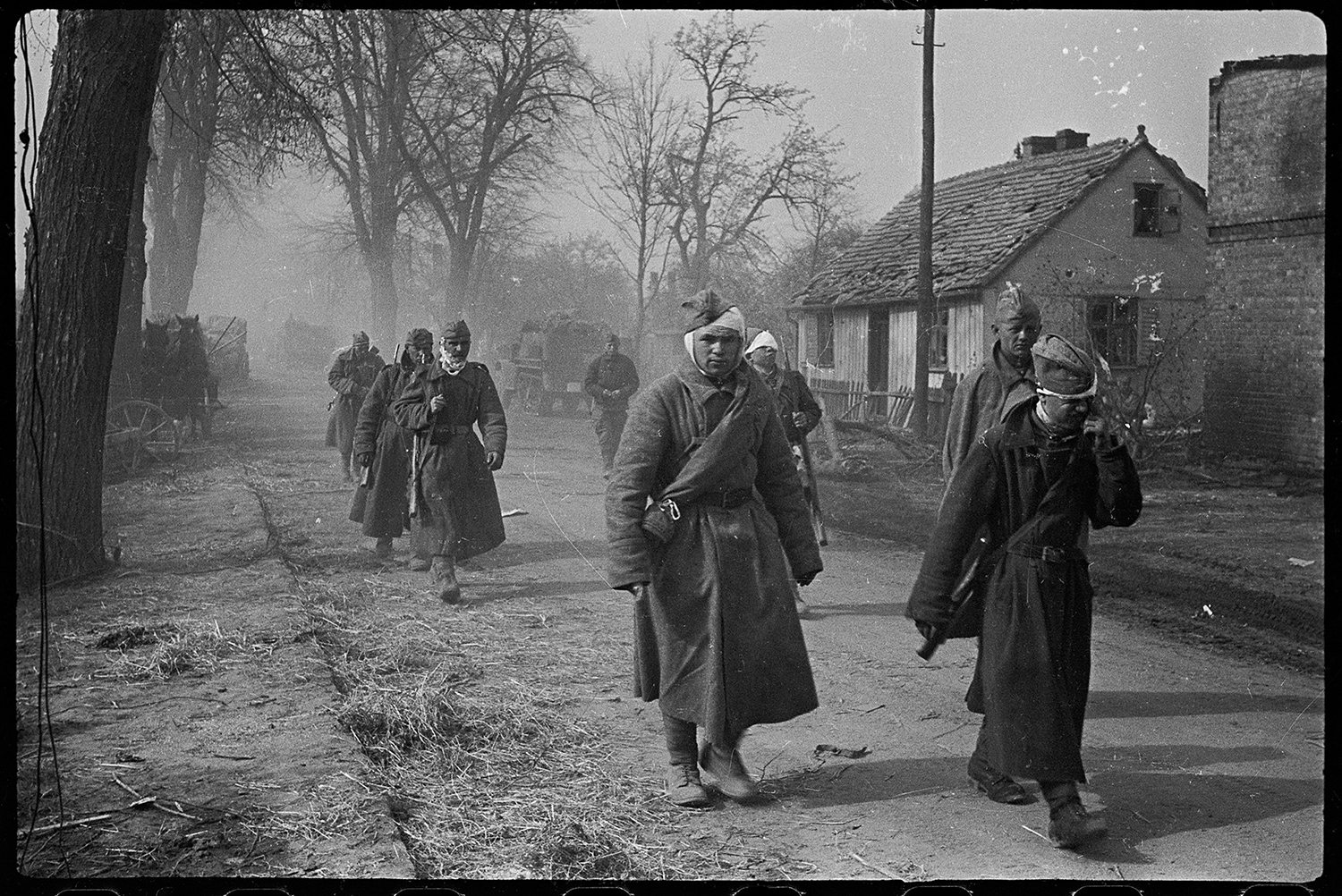

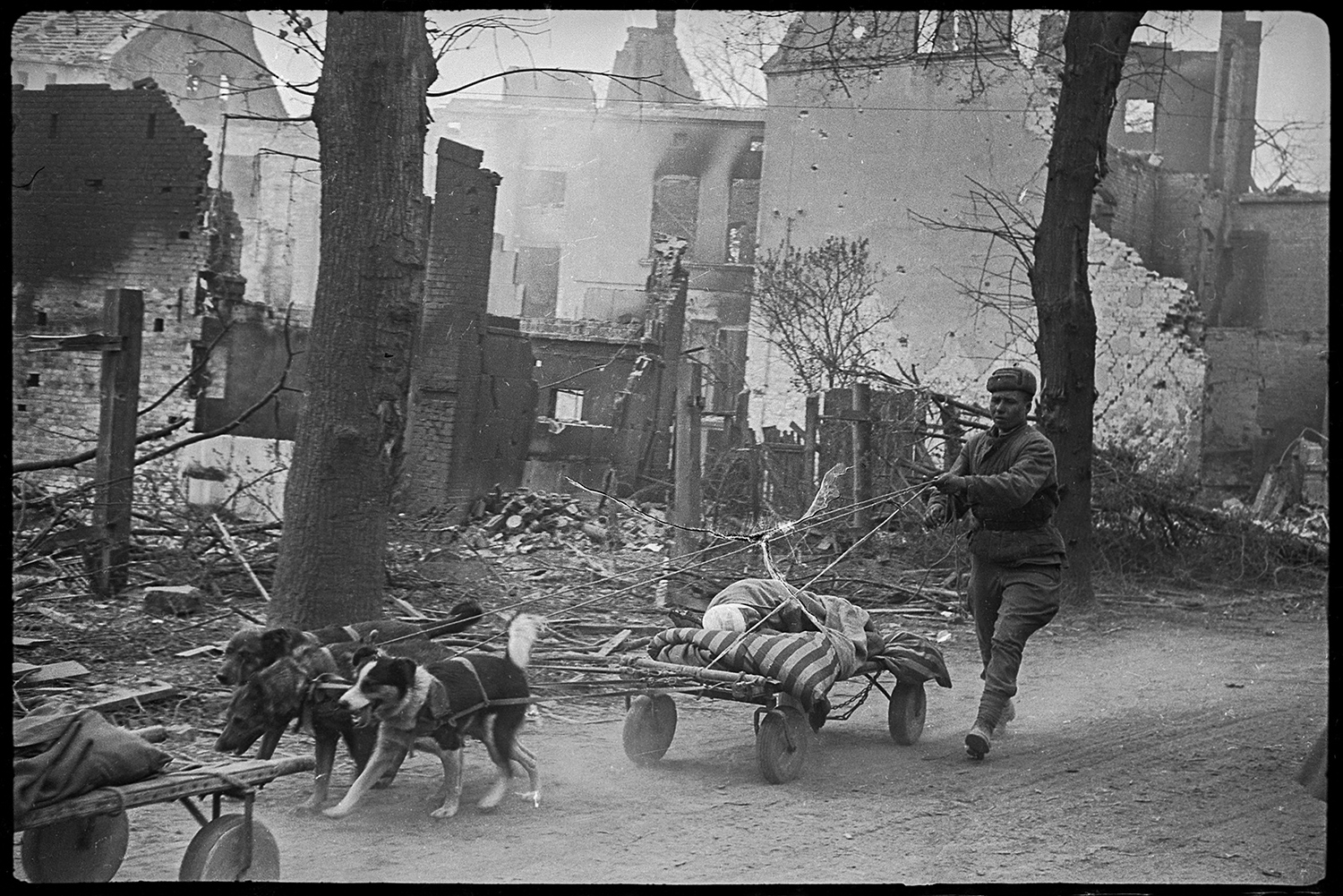
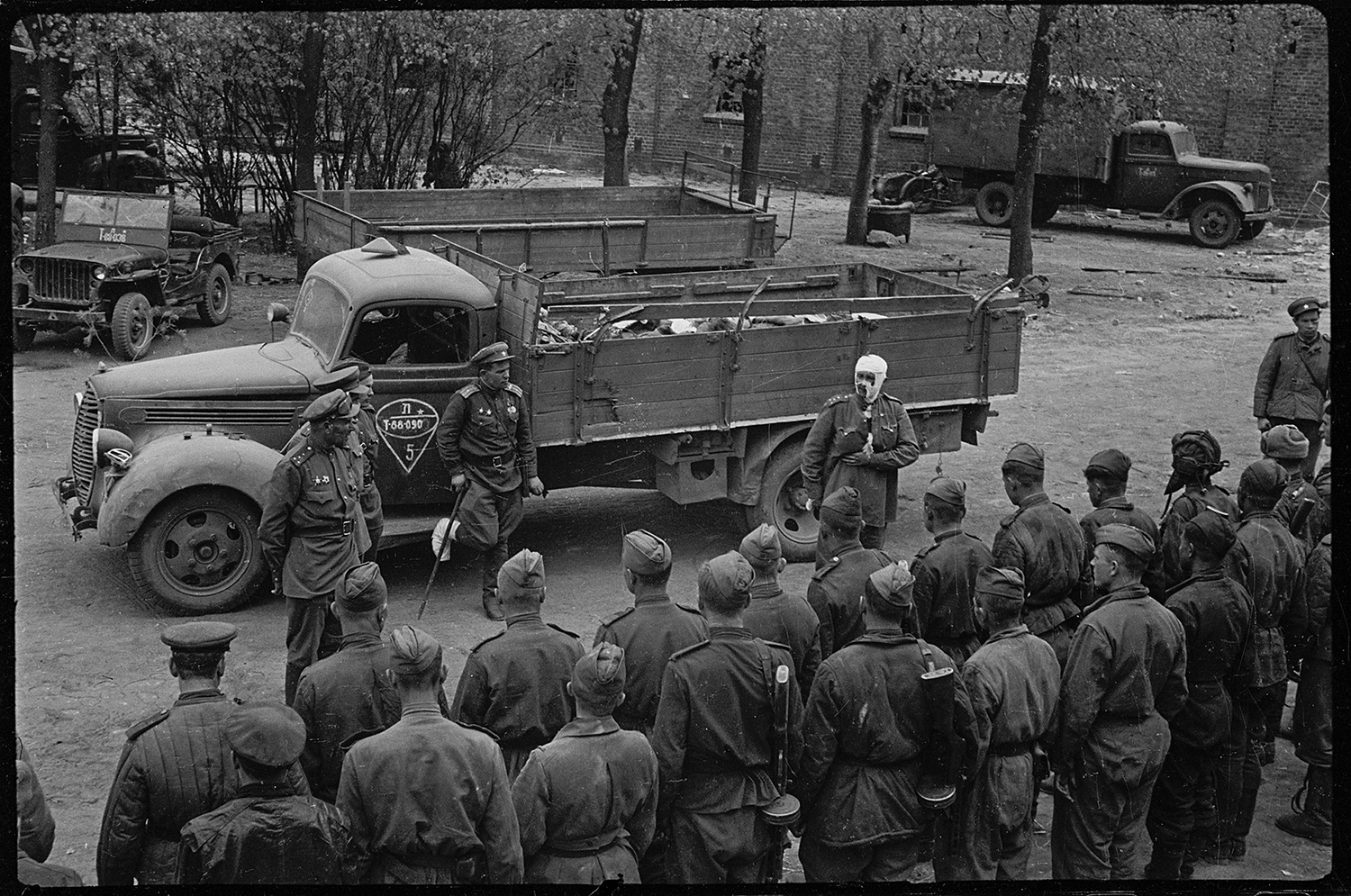
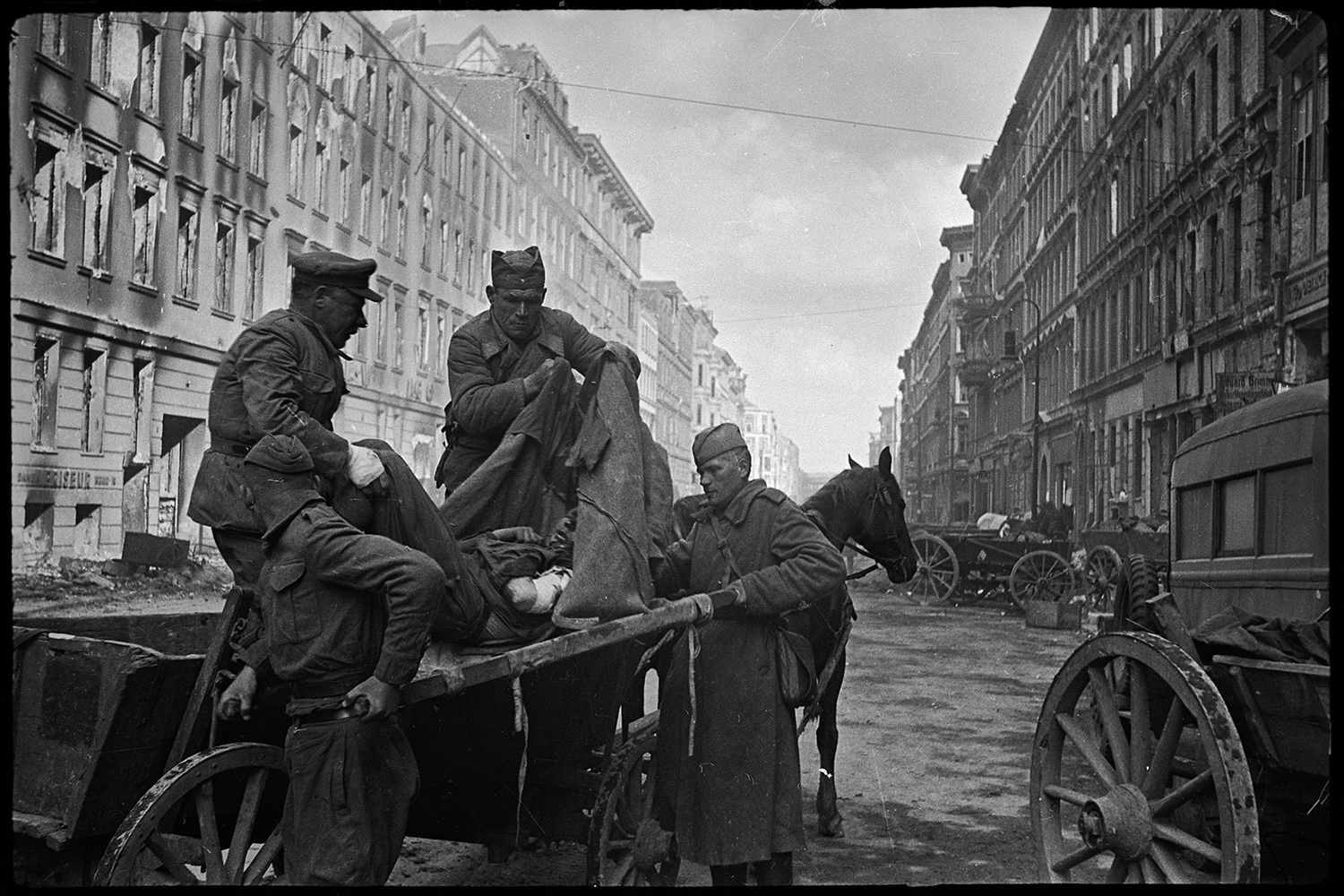
Valery Faminsky
Soviet photo artist. Born in Moscow in 1914. Got interested in photography in 1928. Since 1932, worked as a photo technician, and after that was the head of a photo lab. Since 1943, worked as a frontline photojournalist for the Red Army, has been to seven fronts of the WWII. Participated in the liberation of Sevastopol and the capture of Berlin by the Soviet troops. After the war, started working at the Moscow office of the Art Foundation of the RSFSR. In 1979, the Artists Union of USSR organized a solo exhibition of Faminsky’s work titled ‘50 Years with a Camera on Military and Peaceful Roads’.
When I saw this Facebook post, I clicked the link to the free message board Avito, where the message was posted. The ad said that the family of a Soviet photographer who lived in the times of WWII was selling his negatives from the frontline. I wrote the seller, and the next day we met so that I could see the negatives. The price was very high, especially for a freelance photographer, and I attempted to bargain, unsuccessfully. I managed to buy this unique archive thanks to having some money left from selling my photo book called Shadows of Wormwood. I also discovered the name of the photographer — Valery Faminsky.
When photographer Valery Faminsky died, his wife kept his archive safe. And after she passed away, the heirs found it in an old apartment where their parents lived. Neither of them was interested in photography, so they decided to sell it. When I asked if any of the museums were interested in these unique images, they said that many museums would want to have them, but for free, because the state has no budget for purchasing archives. I was simply shocked, I found this outrageous. One look at the negatives was enough to realize that I had in my hands unique material that I haven’t seen anywhere before. This is largely unknown part of history for many people, even for the citizens of the former USSR. Judging by the photographs, Faminsky had sincere interest in the fate of people on both sides of the barricades.
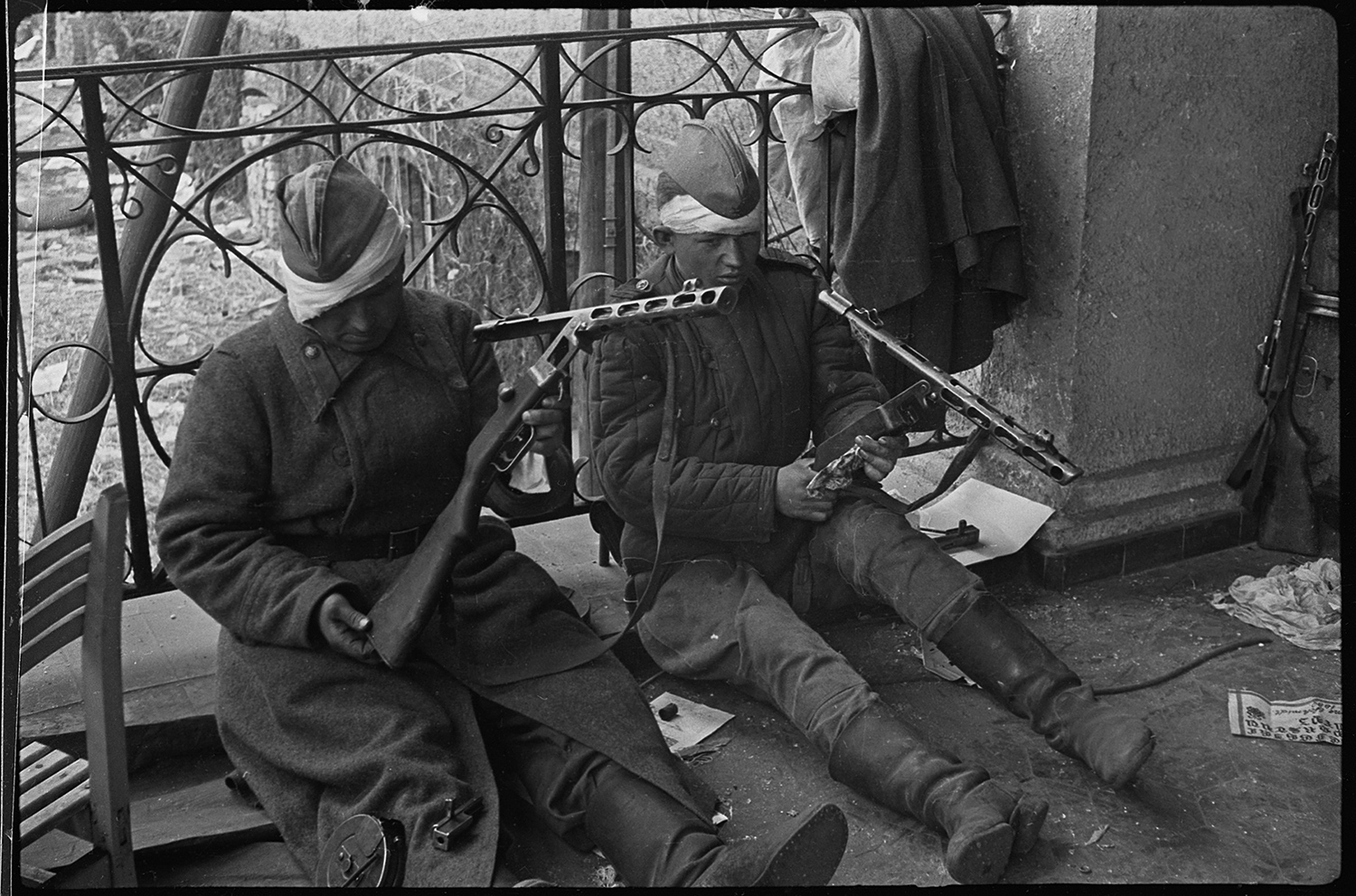
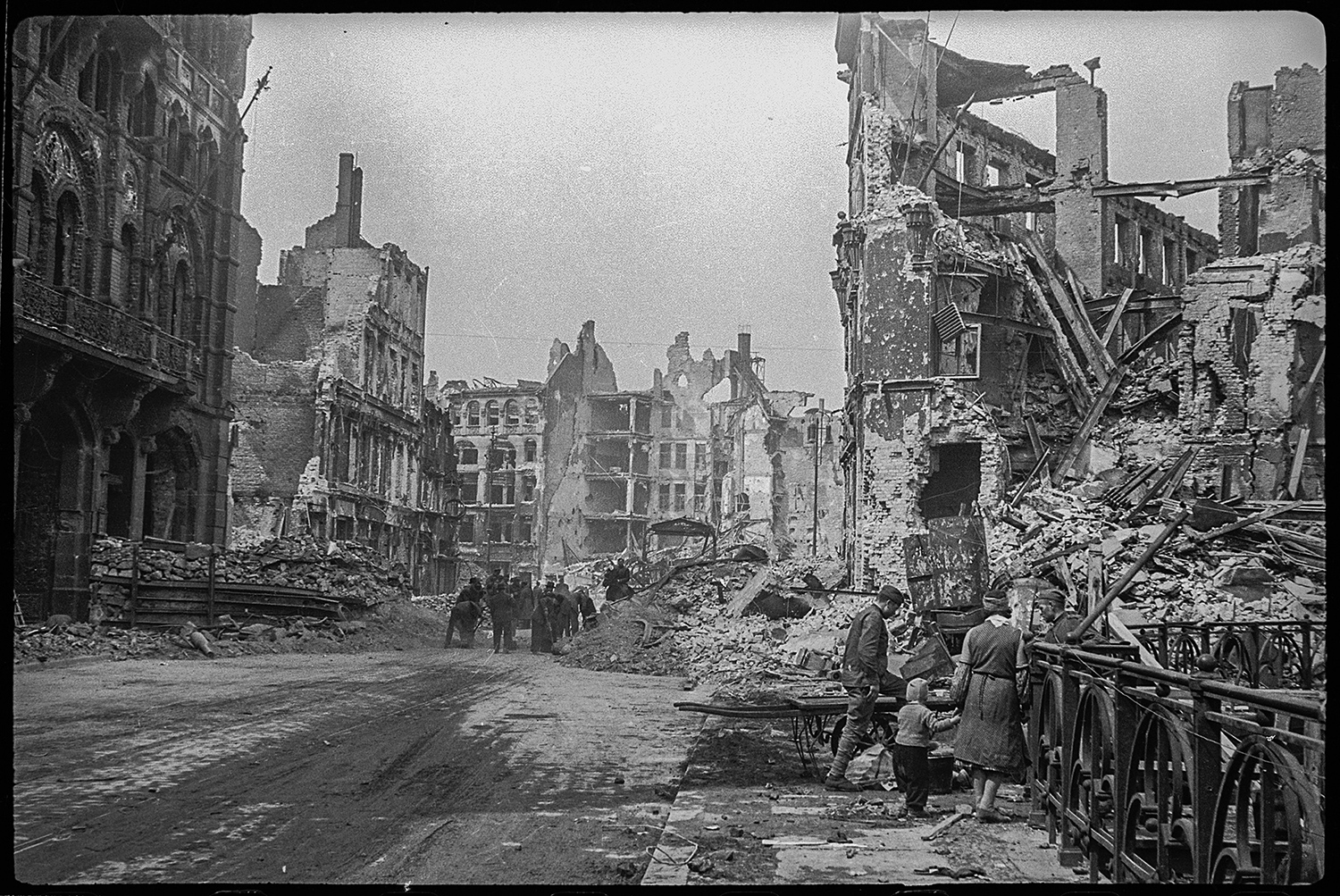
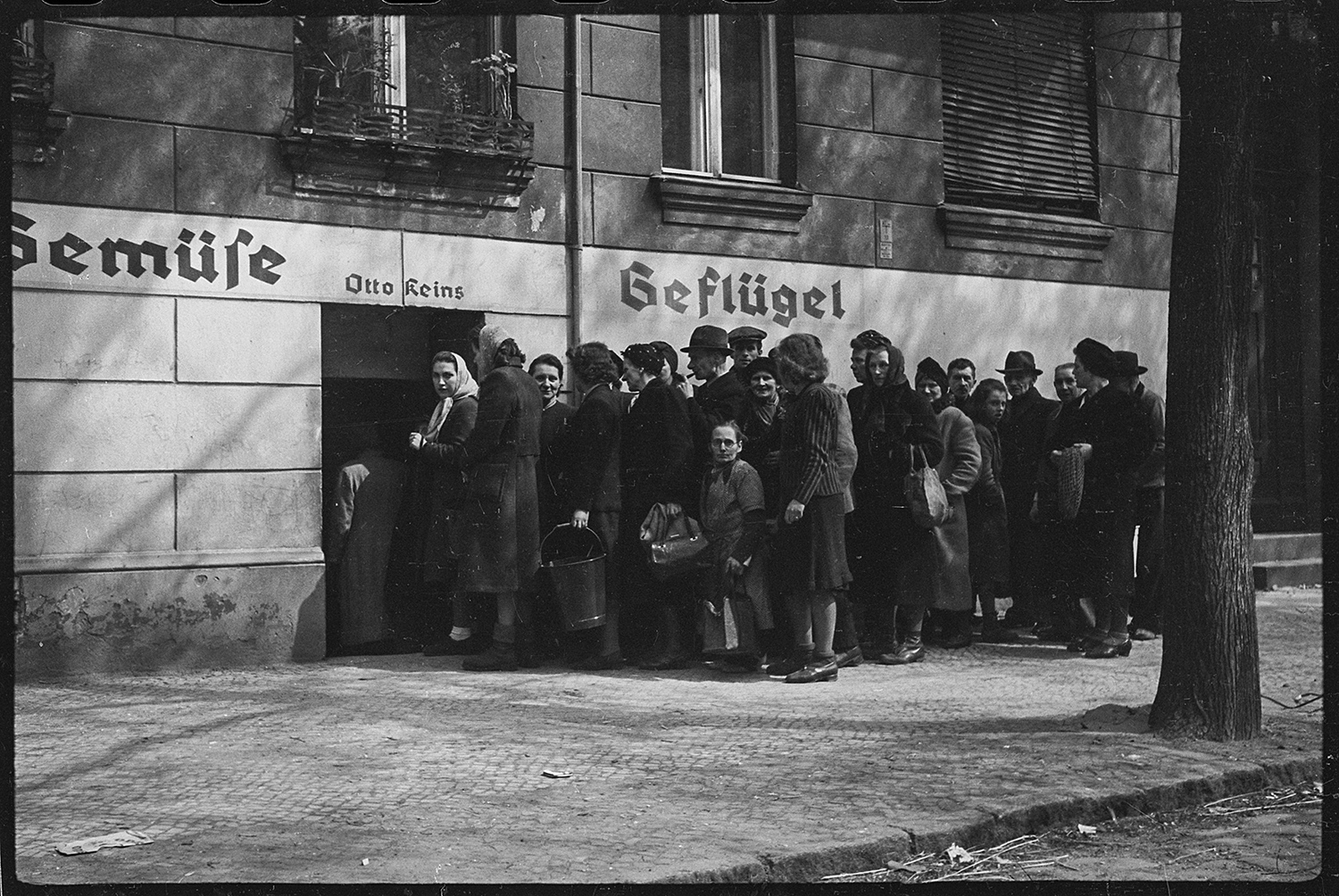
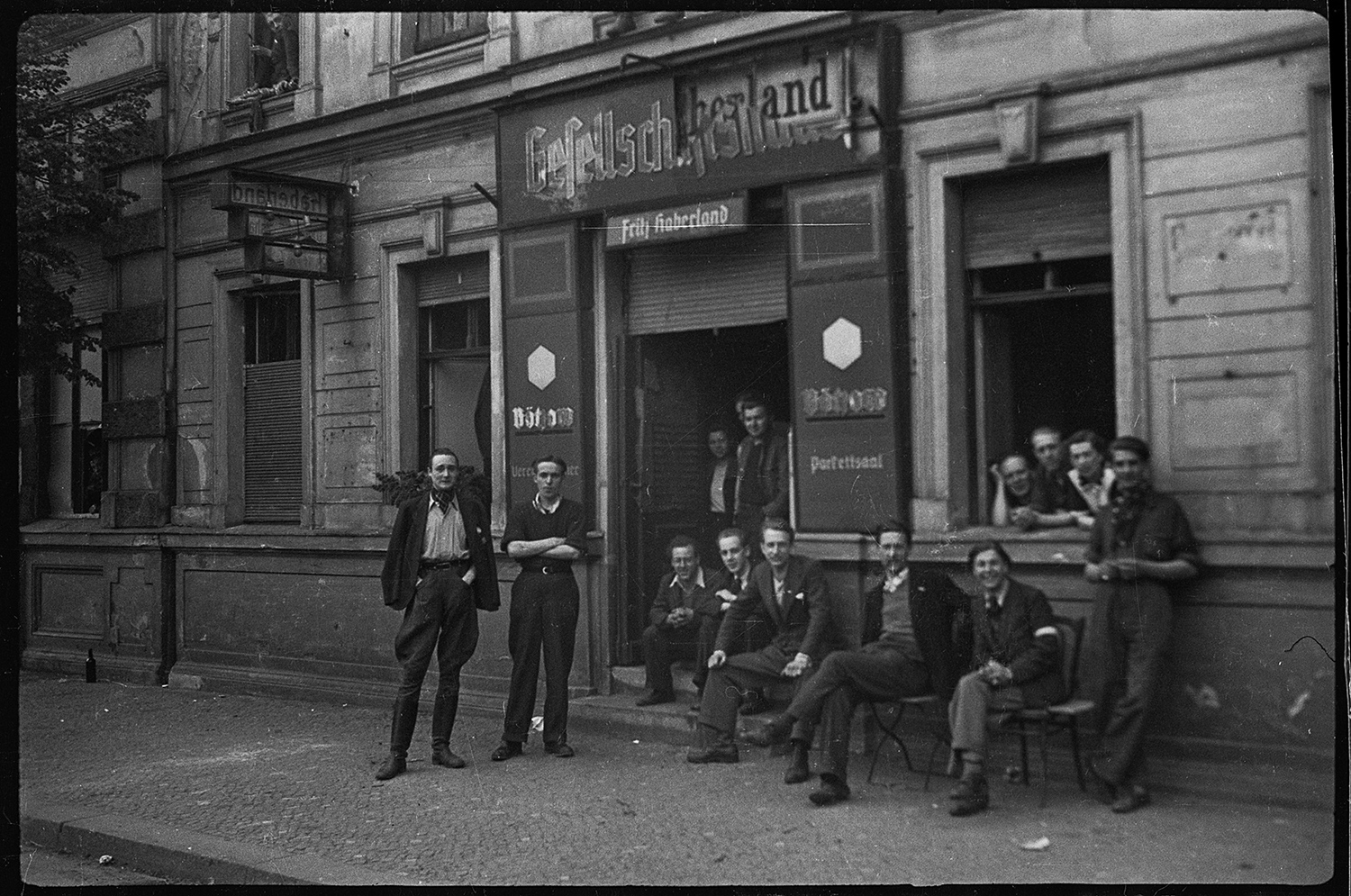


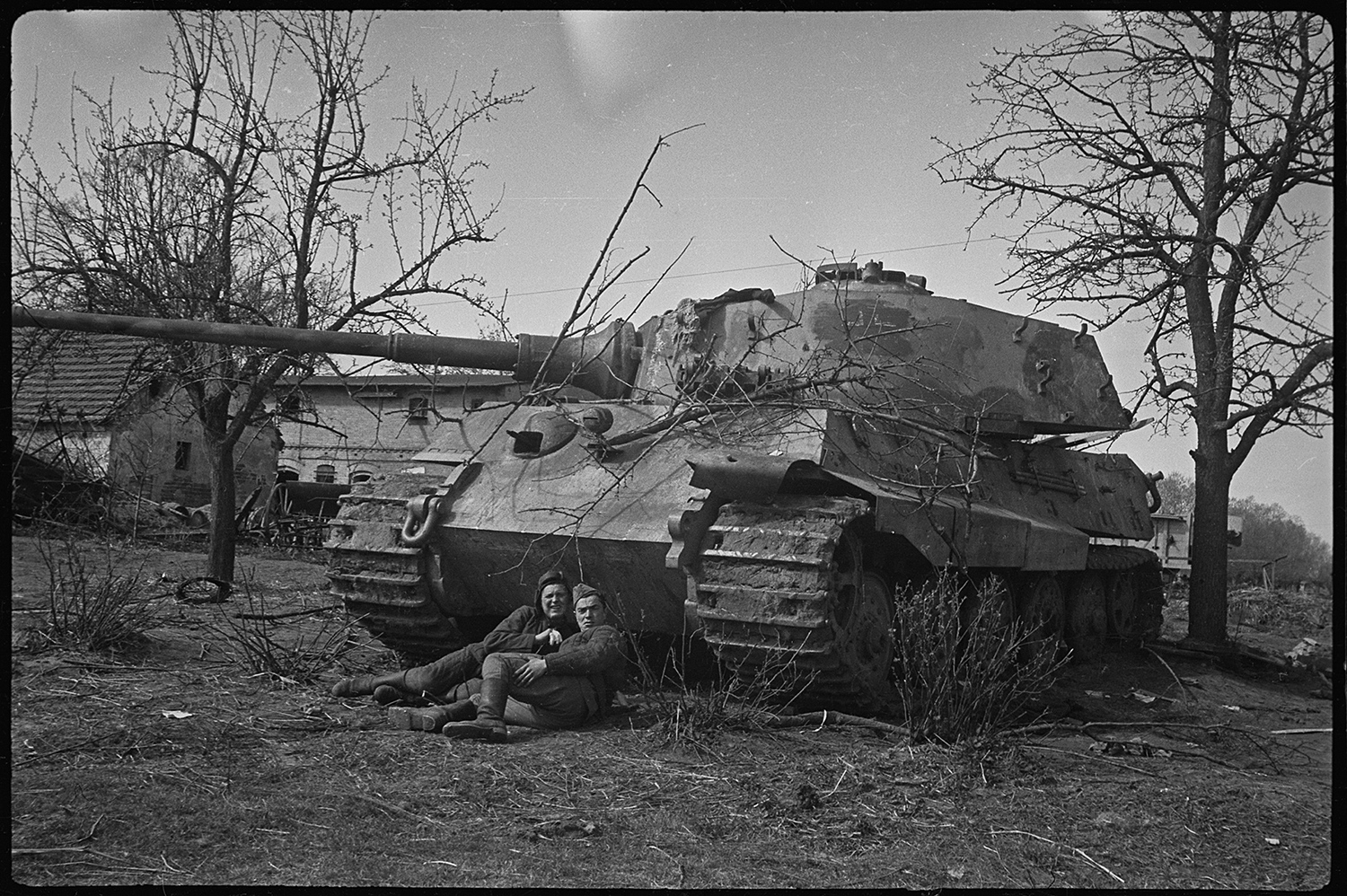
The next day after buying this archive I flew out to shoot in Kaliningrad and placed the archive in the closet. When I came home after two weeks, I started scanning the negatives. The film was cut into separate frames, one by one, each of them was carefully wrapped in a piece of paper. All of them were numbered and signed. And the more I scanned, the more I dived into history of WWII. Only then I could fully appreciate this unique piece of our unknown history.
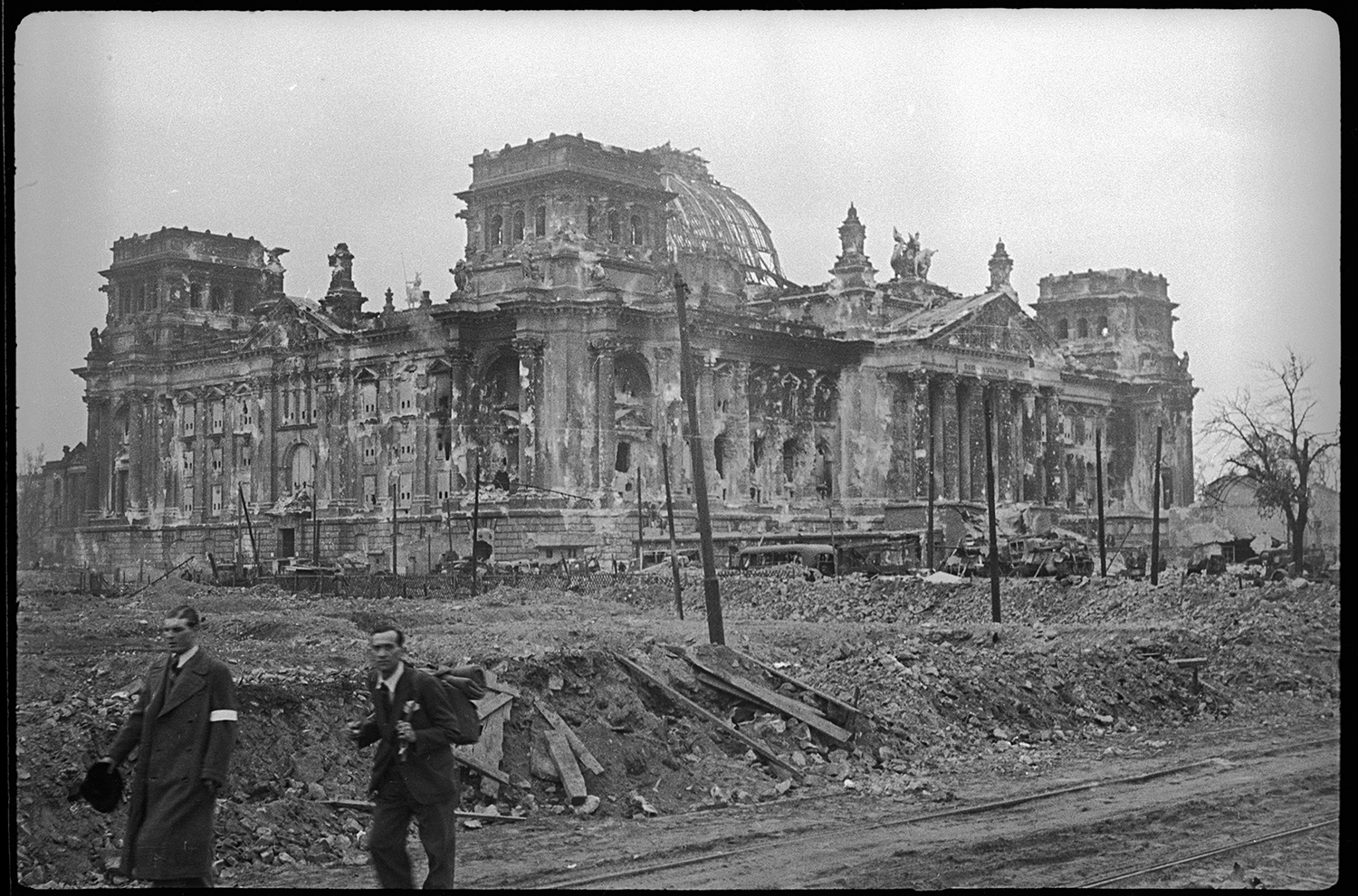


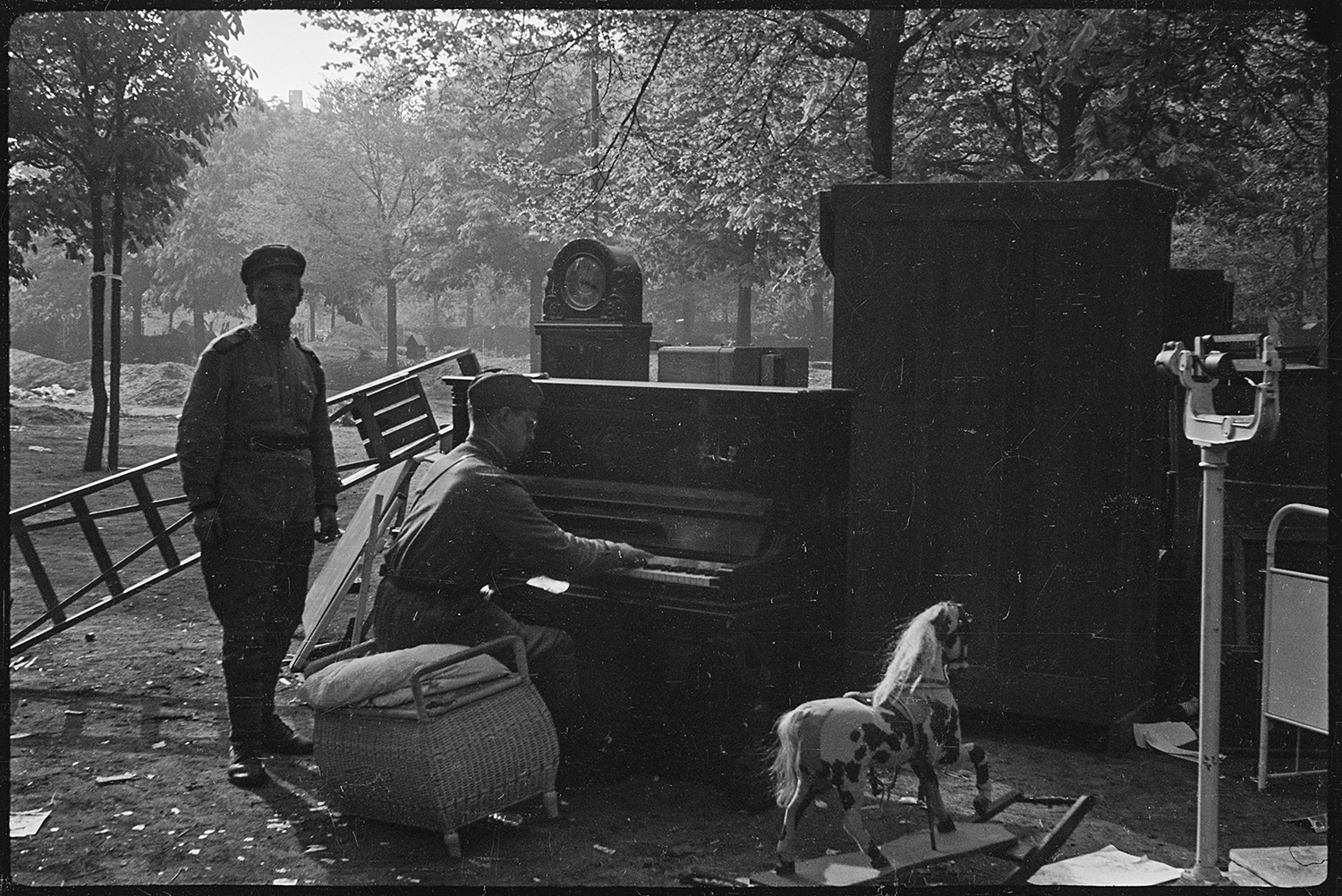
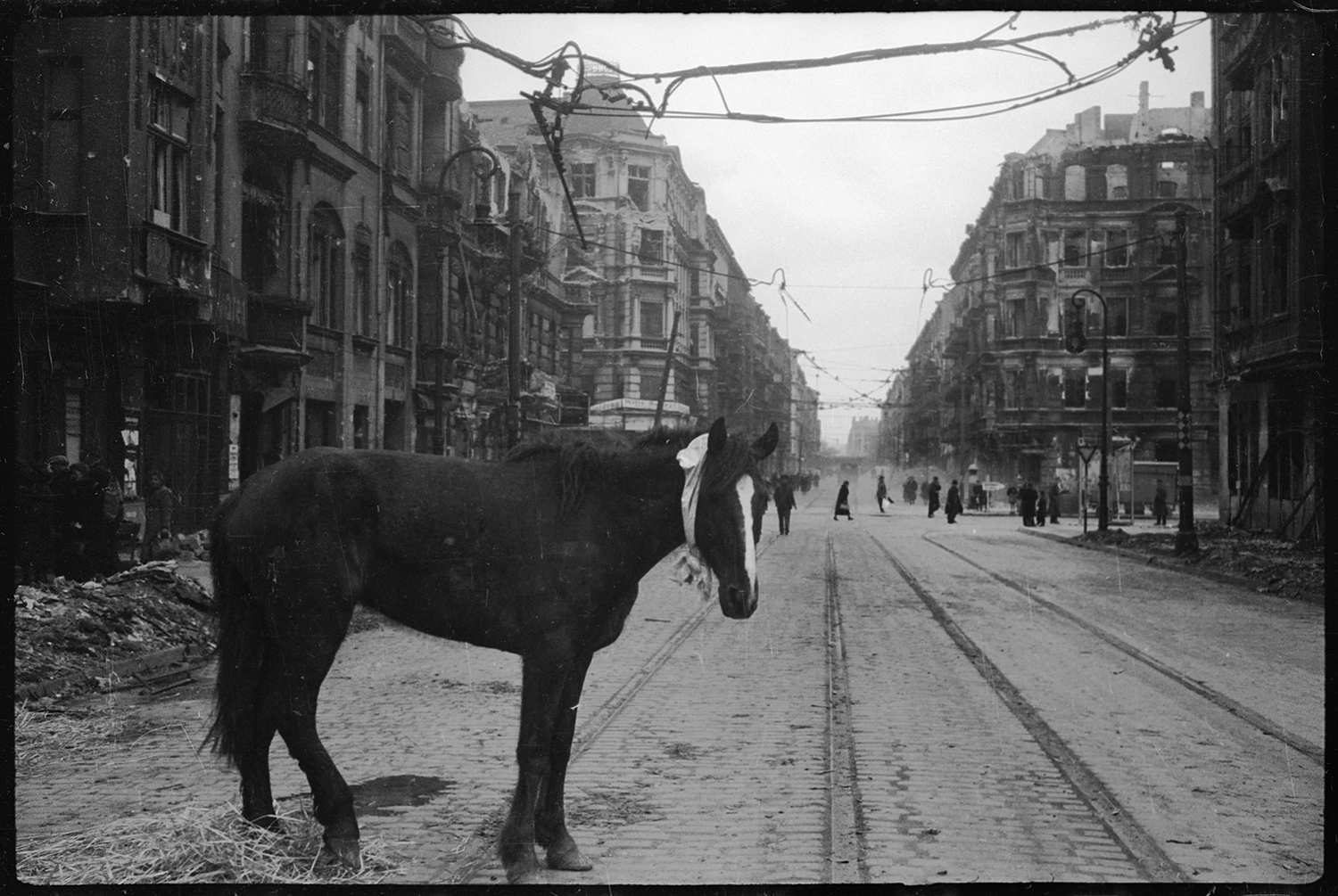
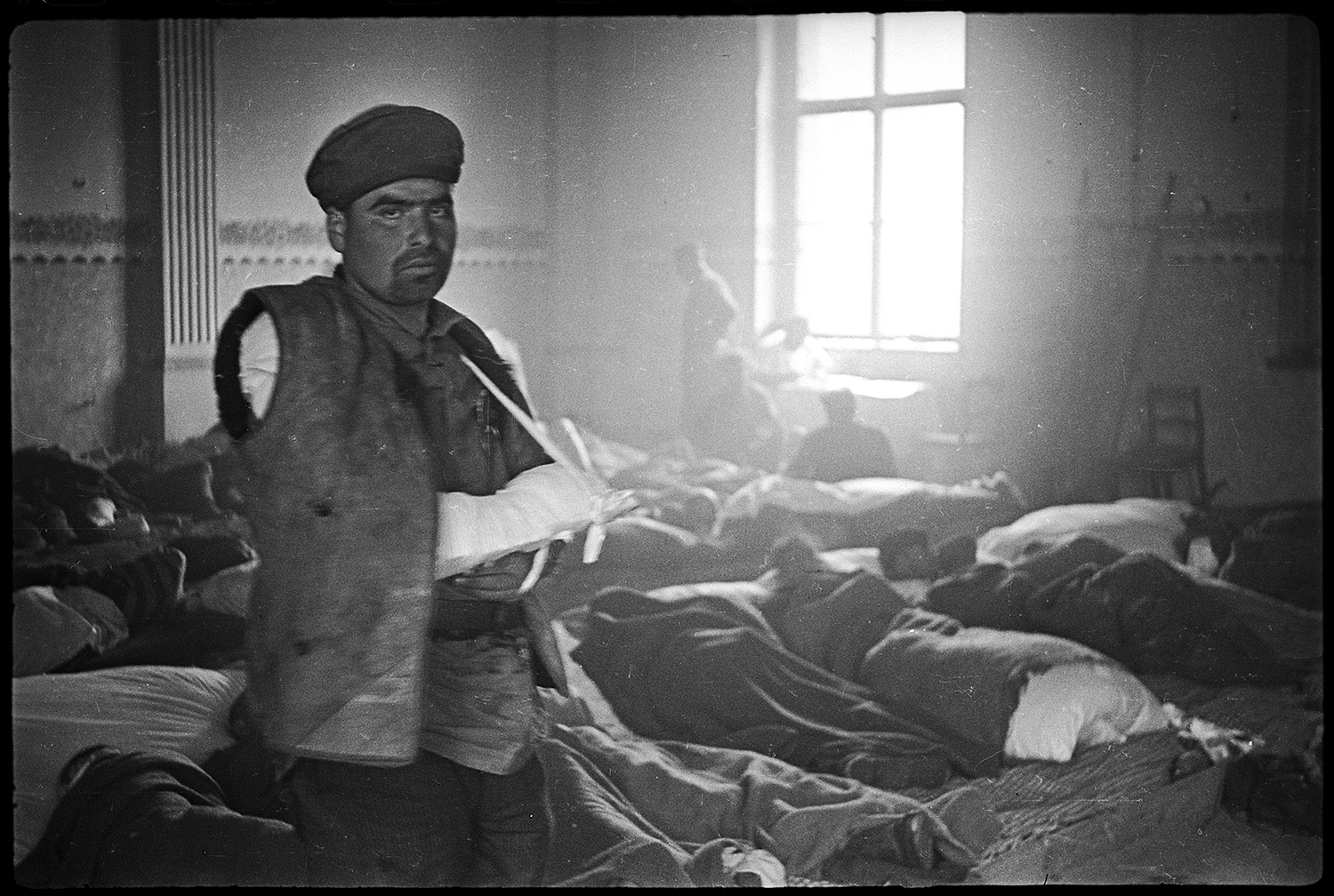

New and best
